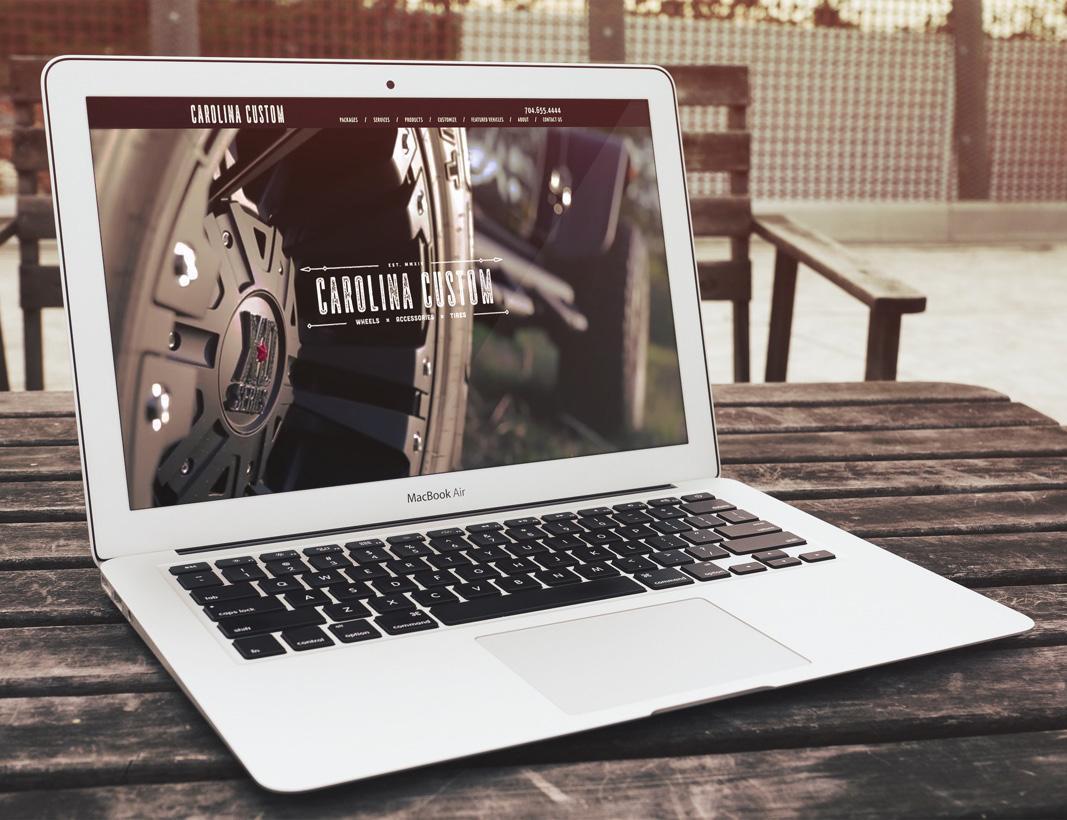What are some of your favorite brands? And why do you like them?
Personally, I’m a big fan of the Coca-Cola brand, who has been advertising their ice-cold carbonated soda (or “pop,” as we say in Ohio) for over 100 years. I’m also fond of Amazon—a much younger brand, but easily as recognizable.
What is it that makes brands so memorable? What makes them successful? And what can a small business do to set themselves up for success? To answer all these questions, we first have to review what branding entails and what it means to your business.
What is a Brand?
Your brand is more than your logo. It’s more than your slogan or a color scheme. Your brand is everything that represents your business—everything that a potential customer will see and experience. It includes your website, email marketing, social media presence, and even your word choice and tone of voice.
To put this in context: Amazon is known for its wide selection of products, friendly user experience, and commitment to world-class customer service—all pieces of their successful brand.
In fact, keeping a consistent brand is something that all of the biggest and best companies do well, and that’s one of the reasons that these companies have become so successful. A consistent brand builds awareness and develops trust and loyalty with your potential clients, which ultimately helps generate new customers. An inconsistent brand creates confusion and hinders your chance of growing your business.
Keeping Consistency
Every interaction that clients have with your business should represent your brand promises and values, which requires brand consistency. Here are 4 ways to keep your brand consistent:
1) Develop Brand Guidelines
While more common with large corporations, brand guidelines can be a huge benefit for small to medium-sized businesses to ensure that all communications and asset usage is on brand. Your brand guide doesn’t need to be overly extensive or complicated; it can include such details as the logo and any logo alternatives, slogan or taglines, brand colors and fonts, photography style, critical keywords and phrases, and even how to answer the phone. Then, make sure to provide this guide to your employees and any partner agencies you work with.
2) Use the Same Logo, Colors, and Imagery
Whether or not you have a brand guideline for reference, it’s important to use the same logo, color scheme, and imagery across all marketing materials and platforms. If you switch to a new logo, make sure you use this one—and only this one—on everything going forward (and don’t forget to update any existing pages or signage to include the new logo).
Your brand’s photography style, fonts, and colors should be as consistent as possible as well. Using the same assets across the board is the best way to ensure you build brand recognition and dependability.
3) Maintain a Consistent Tone of Voice
Your brand’s tone of voice is how you portray your business through your written or spoken words—you can consider it your brand’s personality. It’s the way you speak about your business, and it’s the impression it makes on everyone who reads or hears you. When communicating as your brand via the phone, email marketing, social media platforms, or other online and in-person channels, it’s important to maintain a consistent tone of voice.
4) Work with Partner Agencies
Maintaining a consistent brand is a big job, but a partner agency can help. At an agency like enCOMPASS, we have teams of designers and media specialists who can create assets, prepare content, and market your business to your target demographic, all while maintaining your brand’s consistency. We’ll help you build brand awareness and develop trust with your potential clients.
Get Started
Ready to focus in on your brand and generate new customers? Reach out to the enCOMPASS team today.
 lauren chambers
lauren chambers
DIGITAL DESIGNER
SHARE THIS ARTICLE:


 lauren chambers
lauren chambers
